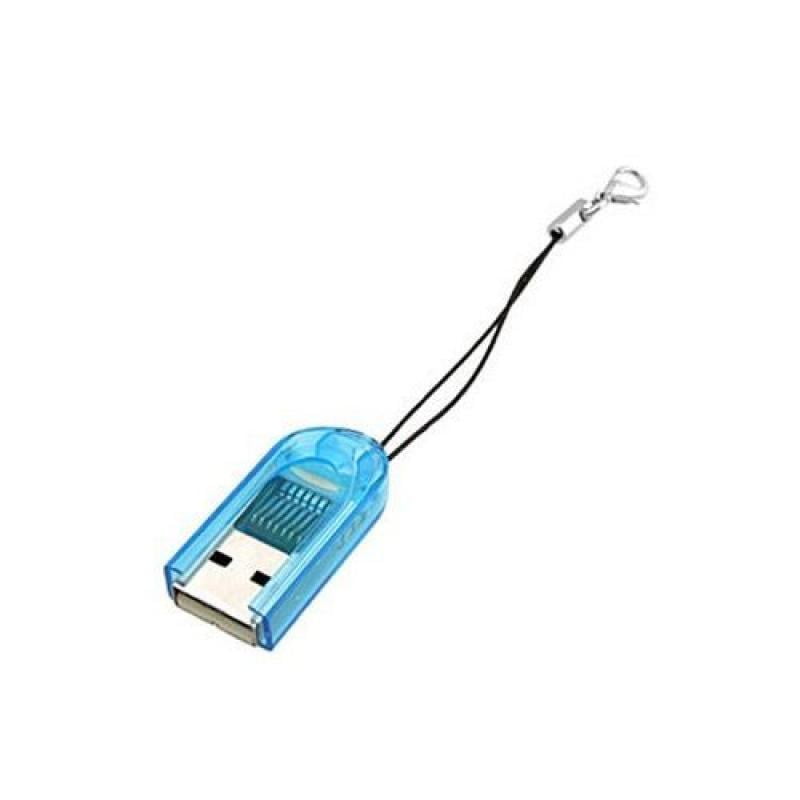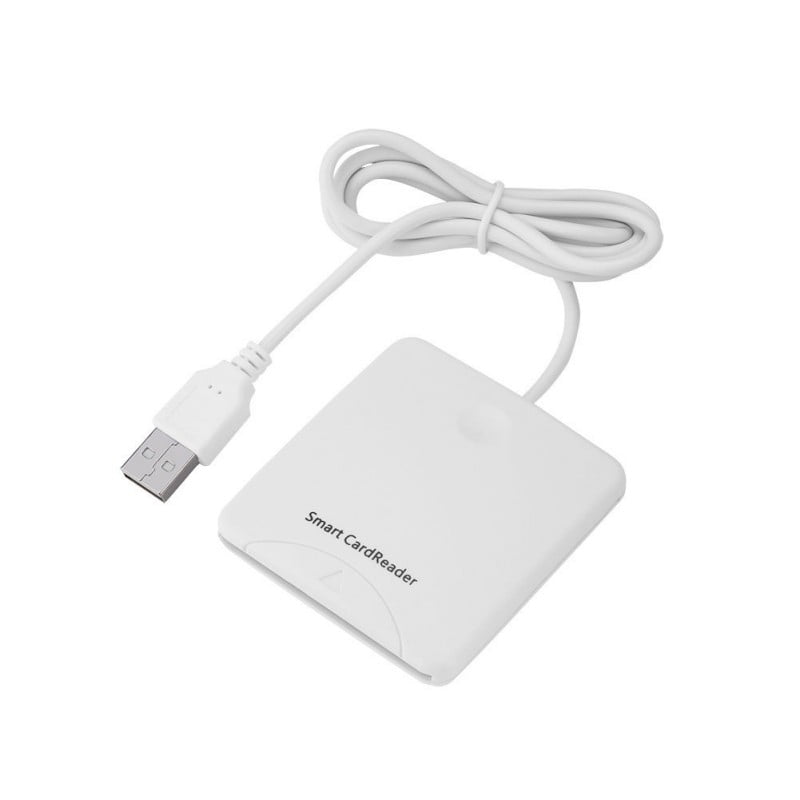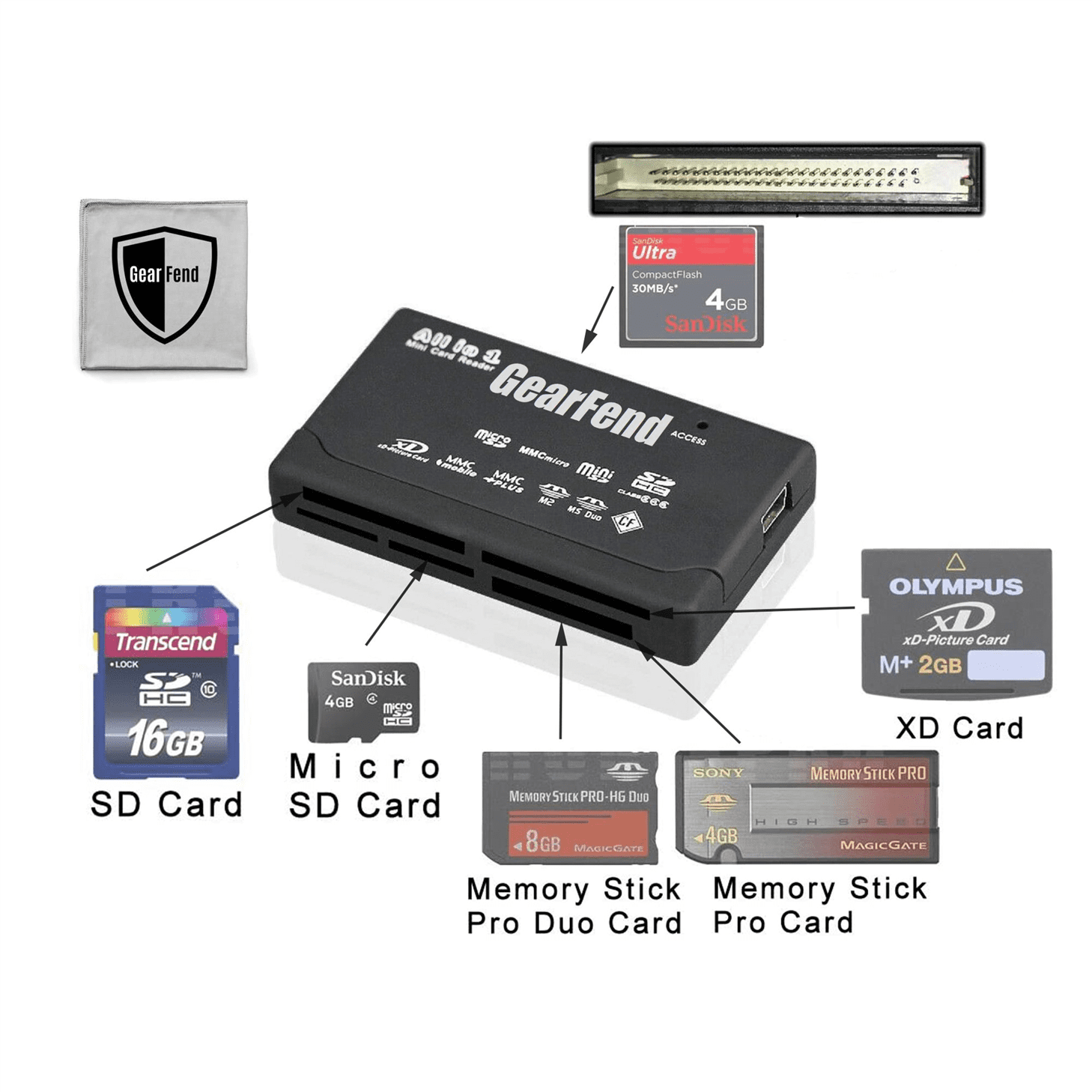

Those card readers, as well as Apple's decision to continue including SD card slots on their computer bodies, are pieces of tech we can't expect to last, especially as port connections slowly but surely consolidate around USB standards. As far as I know, photography is the only industry that still uses compact flash, and as more and more of our writing transfers to SD and micro SD, card readers that can fit a compact flash card will go the way of the dinosaurs.įor now, there are still card readers available with slots for compact flash, and you can even see some of them here on our list. The big problem with the D700, though, is that it–and any big body Nikon or Canon made before it–only writes to compact flash cards. I will argue to this day that its 12 megapixel sensor will outperform anything else on the market. While I'm not old enough to have been a holdout in the digital photography revolution, clinging to my film cameras and unprocessed negatives like a misting rain clings to your windshield no matter how good your wipers are, I am old enough to have made my biggest camera investment in a Nikon D700. And for a powerful and versatile USB-C hub, get the Vava UC010, which expands considerably on the port selection of modern, USB-strapped laptops.įor that matter, if you do need considerably more connectivity, check out some of the best USB Type-A and Type-C hubs or consider a docking station if you're willing to make a slightly larger investment. The Kingston Digital FCR-HS4 is relatively old but still quite popular due to its reliability and vast selection of compatible card formats. There are also a couple of multifunctional hubs that we'd highly recommend. The UGreen 50706 is especially nice to carry around because of its keychain loop that might help to keep from misplacing it, and the IOGear Quantum has SD and CF slots that can all be read at the same time. The Sony MRW-E90 is another ultra-fast option, and supports XQD cards, so while it's quite capable it's also quite expensive and is overkill for consumers not using one of Sony's high-end cameras. This is partially because the ProGrade uses the second-generation USB 3.1 standard which is twice as fast as SuperSpeed USB.
#Cd card reader and writer walmart pro
The SanDisk Extreme Pro is also remarkably quick and durable, as is the Satechi Type-C, though the former is a bit cheaper than the latter.Īctually, if you're talking about speed, the ProGrade Digital Dual-Slot is pretty tough to beat it can fully leverage two SD cards at once, while most others drop at least a little bandwidth when accessing multiple cards. The Sony MRW-S1 is about as simple and fast as they come, and the Anker B2A is close behind in portability, but far behind in speed. If you're looking for more options that support this particular format then make sure to take a look at our recommendations for XQD Card Readers.ĭepending on how much connectivity you really need, there are quite a few worthwhile choices available at a range of prices.


The XQD media format is a newer technology that focuses on the needs of enthusiast photographers and videographers. The Rocketek Super replaces the Sony MRW-E90 as the only device on this list capable of reading both XQD and SD formats.

The SmartQ C368 Pro is a versatile and cost-effective option that can access up to four cards simultaneously. The Transcend TS-RDF5K is a convenient, portable, and very affordable choice that can handle both SD and MicroSD formats. We've added three new devices to our ranking, and updated the order of some of the other models. For this update, we've removed the Kingston Digital FCR-HS4 and the Sony MRW-E90 due to availability issues and replaced the IOGear Quantum with a selection we believe offers better value.


 0 kommentar(er)
0 kommentar(er)
